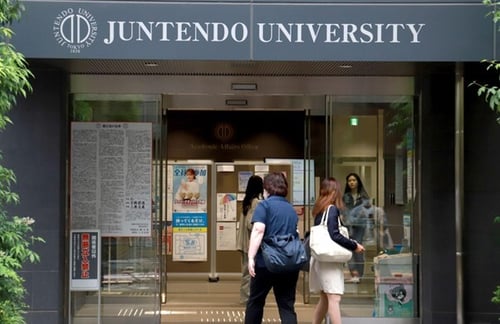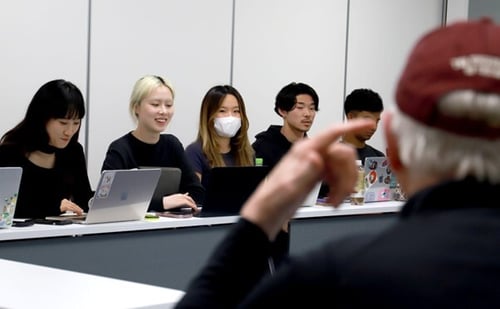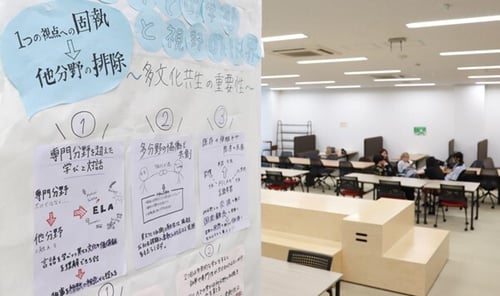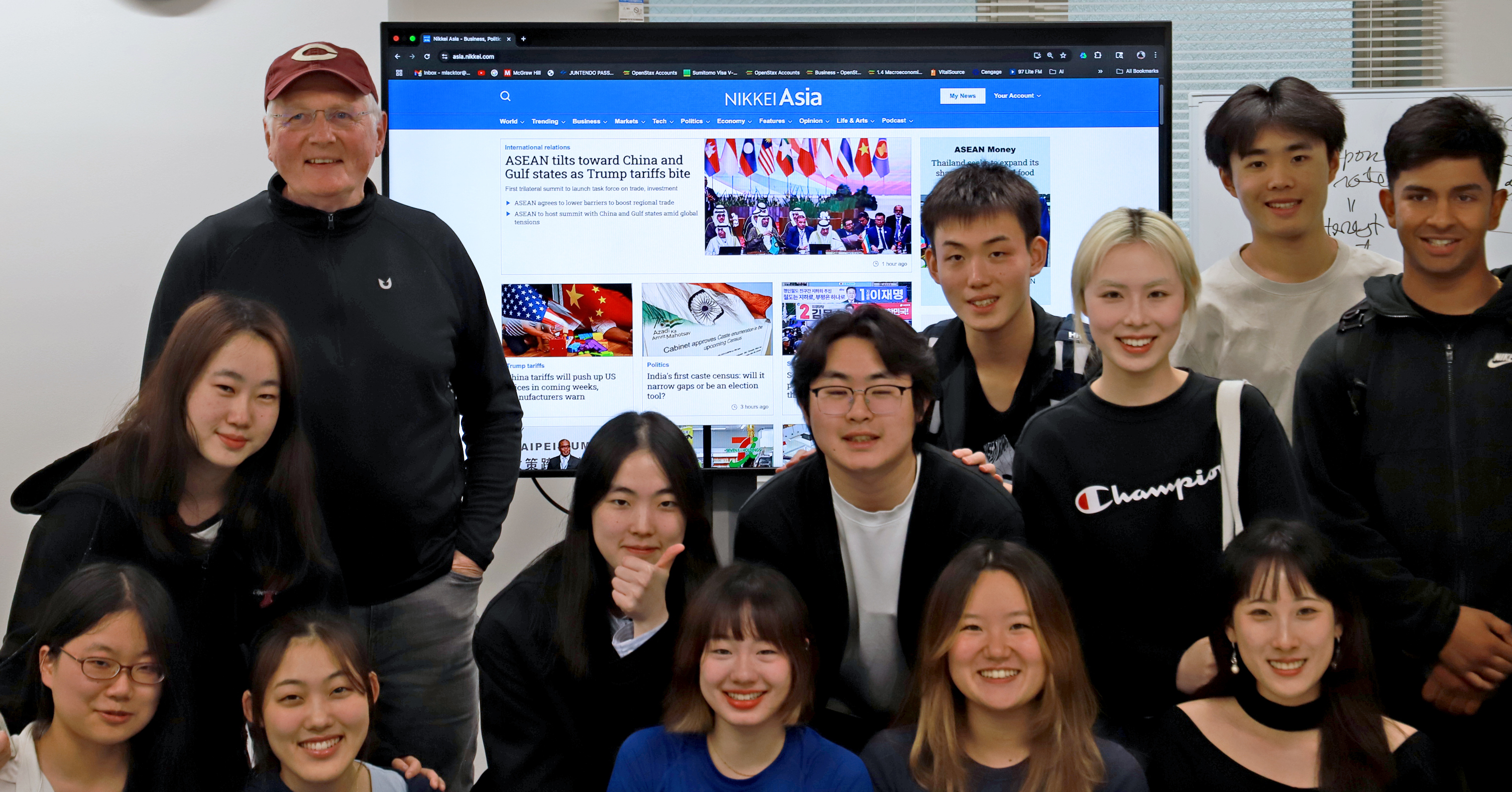Juntendo University, founded in 1838 as a one of the oldest medical schools in Japan, has over 9,500 students enrolled in 9 faculties and 6 graduate schools. Its Faculty of International Liberal Arts, where many classes are conducted in English, aims to train global citizens who will take the lead in solving problems themselves.
Dr. Michael Lacktorin holds PhD from Keio University’s Department of Economics and an MBA from the University of Chicago. After working for Nomura Securities and Citibank as M&A specialist, he started his career as a professor in Japan. We asked Dr. Lacktorin about the importance of using Nikkei Asia in his International Business class.

— How do you incorporate Nikkei Asia into your university courses?
Each of my classes begins with a discussion of current developments in the Japanese economy and business environment. For this purpose, Nikkei Asia serves as the most reliable English-language source of information.
Students have a weekly assignment called the News Brief Analysis (NBA). For the NBA, students select an academic or theoretical concept they are currently studying and find a recent real-world example of that concept in Nikkei Asia.
This exercise brings theoretical concepts to life, highlights the practical relevance of academic knowledge, and strengthens students’ critical thinking and English writing skills.
Although students may consult any credible media source, Nikkei Asia is preferred given our Program’s focus on Japan-related topics.

—What made you to require students to read Nikkei Asia?
Reading Nikkei Asia helps students develop practical, analytical, and critical-thinking skills. For example, this coming week, my International Business students will be reading a chapter from the textbook that focuses on the functions, nature, and theories of the foreign exchange market.
In addition to the textbook, I requested that my students read recent articles from Nikkei Asia and other media sources related to developments in the foreign exchange markets. The articles are an essential part of the process to 'breathe life' into academic learning.
The high-quality English and style of Nikkei Asia expose students to the vocabulary, phrasing, and analytical style used in professional settings, which is valuable for writing reports, preparing presentations, and succeeding in international careers.
The idea of News Brief Analysis (NBA) came to me while serving as dean at Akita International University (AIU) in the early 2000s. Since then, I continuously have been using Nikkei Asia at universities where I have been teaching International Business and Finance.

— What types of universities would benefit most from a subscription to Nikkei Asia?
I first encountered The Nikkei Weekly -- the predecessor of Nikkei Asia -- about 40 years ago while studying at Sophia University in Tokyo. Since then, I have been an enthusiastic and consistent reader throughout my business and academic career.
For more than 25 years, I have required my students -- across institutions in Japan, the U.S., Europe, and Australia -- to read the English-language Nikkei as part of their coursework in business and economics.
Nikkei Asia draws upon the extensive networks and reputation of its parent company, Nikkei Inc., to deliver insightful, trustworthy, and in-depth business and economic reporting in English, offering a distinctly Japanese and Asian perspective.
It stands out from other media by providing a non-Western perspective. While it covers major stories from Nikkei Shimbun, approximately two-thirds of its content is original and unavailable elsewhere.
Universities in Japan -- or anywhere in the world offering business or economics courses in English with an Asian focus -- would benefit immensely. Institutions with Japan studies programs would also find it particularly valuable.
*Job titles were correct at time of interview.

.jpg?width=210&name=%E8%8B%B1%E8%AA%9E%201%20(1).jpg)